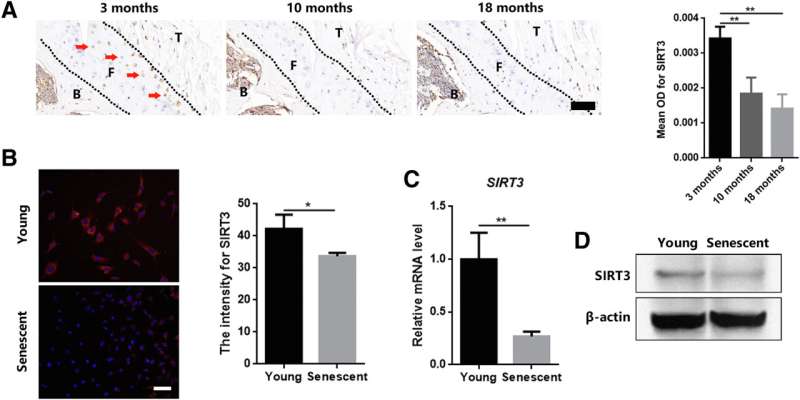
The incidence of degenerative rotator cuff injury in the elderly poses a significant economic burden. A novel study by investigators in The American Journal of Pathology has established that mitochondrial sirtuin 3 (SIRT3) activator honokiol (HK) promotes healing of rotator cuff injury in aged mice. These results indicate the therapeutic potential of HK for treating degenerative rotator cuff injury in humans while avoiding currently used invasive surgical interventions.
Degenerative rotator cuff injury in the elderly requires the development of an effective prevention and treatment approach to mitigate the economic burden and improve quality of life for those who suffer from this condition, which is caused primarily by age-related tissue degeneration.
It occurs in about 62% of individuals over 80 years of age, and retears occur in 25% of individuals over 70 years of age. The difficulty in repairing the injury, which occurs at the bone-tendon interface, is primarily due to the slow and incomplete regeneration of the native fibrocartilage layer, which is associated with its relative lack of vascularity.
Joint lead investigators Hongbin Lu, MD, Ph.D. and Deyi Sun, MD, Ph.D., explained, “So far, fibrocartilage regeneration mainly occurs through the modulation of the biological or biomechanical environment, as well as through a tissue engineering strategy, which has been shown to promote rotator cuff repair. This approach is currently underutilized in the elderly. We need to identify the underlying mechanisms that contribute to the difficulty in regenerating the aging fibrocartilage layer in order to address this challenge.”
Investigators examined the impact of mitochondrial SIRT3 on degenerative rotator cuff injury and evaluated the therapeutic potential of SIRT3 activator HK in promoting healing of rotator cuff injury in aged mice. SIRT3 is one of the most prominent deacetylases that can regulate acetylation levels in mitochondria, which are essential for eukaryotic life and is linked to the metabolism of multiple organs.
Results showed that the aging process leads to weakened biomechanical properties and degeneration of the fibrocartilage layer in mice, accompanied by a decrease in SIRT3 expression. Further analysis revealed that SIRT3 activation plays a protective role and can alleviate aging-induced fibrocartilage degeneration and promote healing of degenerative rotator cuff injury.
Dr. Sun commented, “In this study, we treated rotator cuff injuries in aged mice with HK and found that it played a protective role in senescent chondrocytes by activating SIRT3, leading to an improvement in rotator cuff healing.”
Dr. Lu added, “Our findings suggest that the decline in SIRT3 levels with age contributes to rotator cuff degeneration and chondrocyte senescence, and that SIRT3 activation through the use of HK is an effective approach for promoting rotator cuff healing in the elderly population. The results of this study have the potential to provide a new target and a new approach to repair of bone-tendon interface injury in the elderly without surgical intervention.”
More information:
Shanshan Xie et al, Activating Mitochondrial Sirtuin 3 in Chondrocytes Alleviates Aging-Induced Fibrocartilage Layer Degeneration and Promotes Healing of Degenerative Rotator Cuff Injury, The American Journal of Pathology (2023). DOI: 10.1016/j.ajpath.2023.03.013
Journal information:
American Journal of Pathology
Source: Read Full Article


